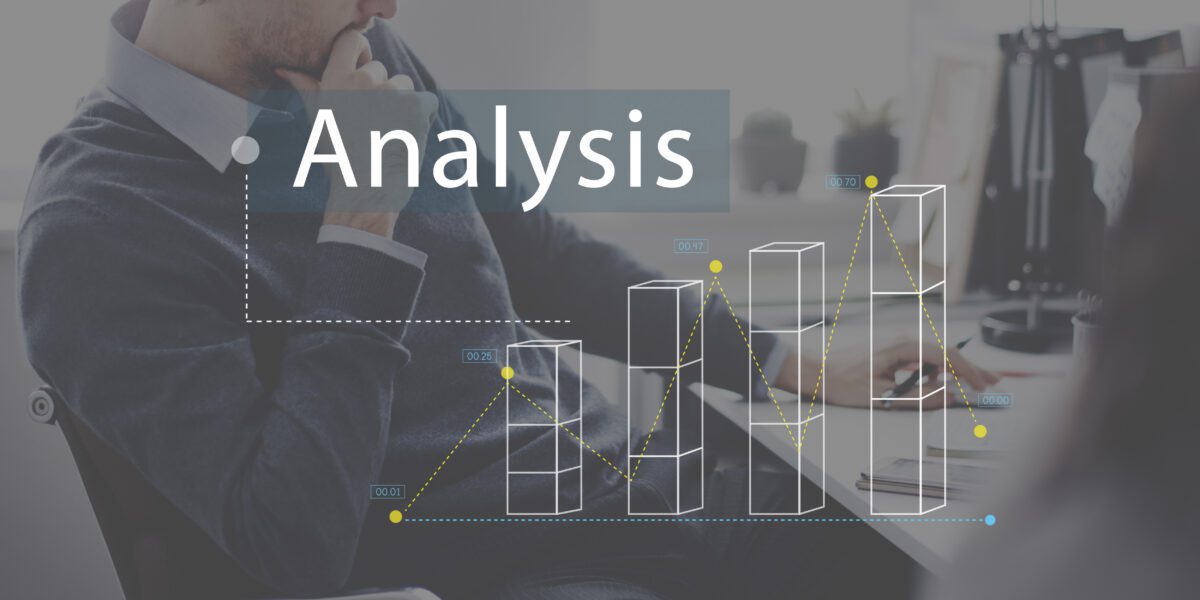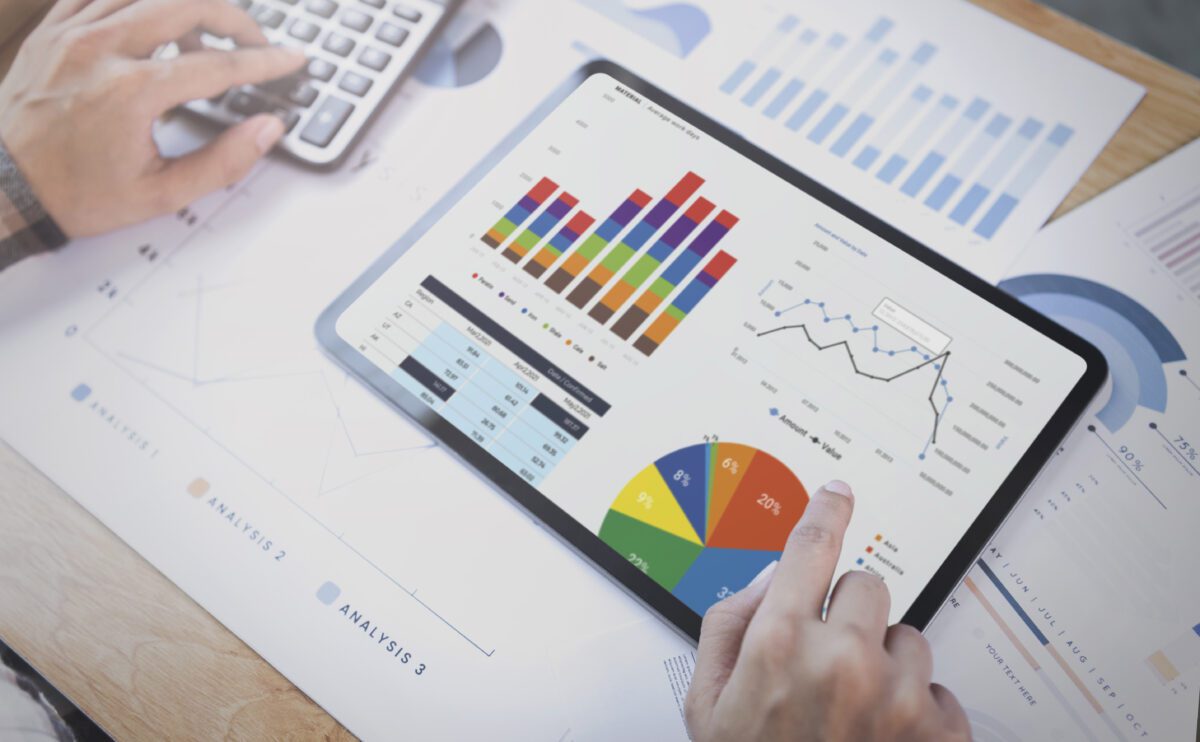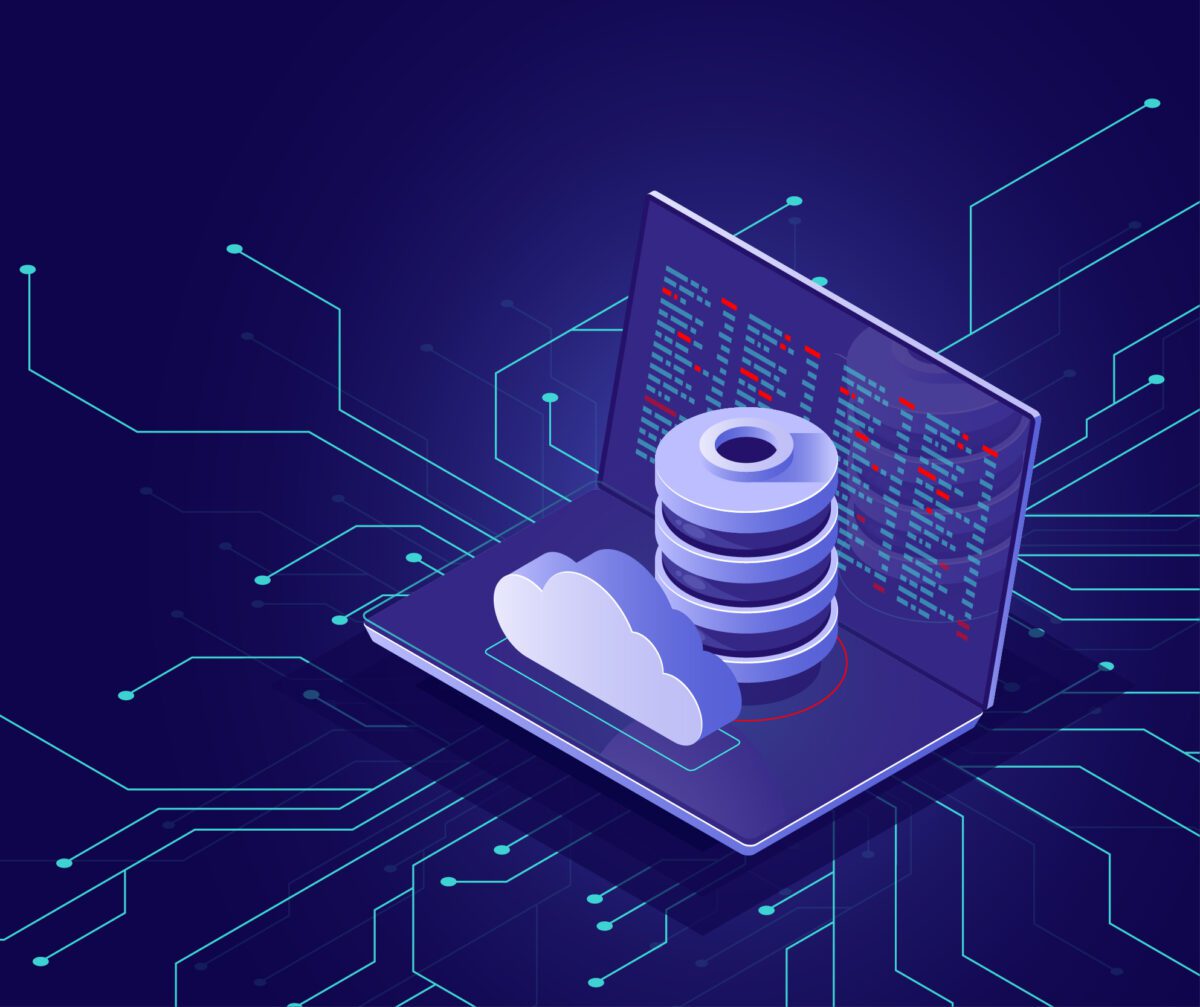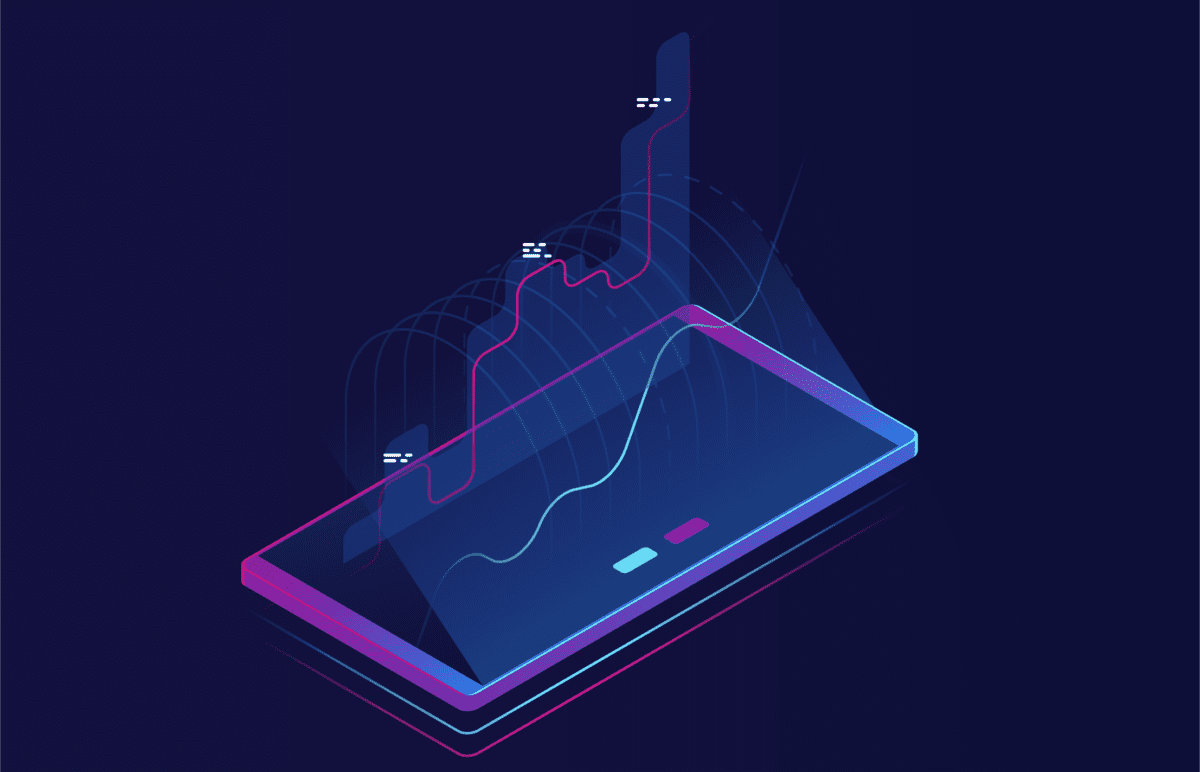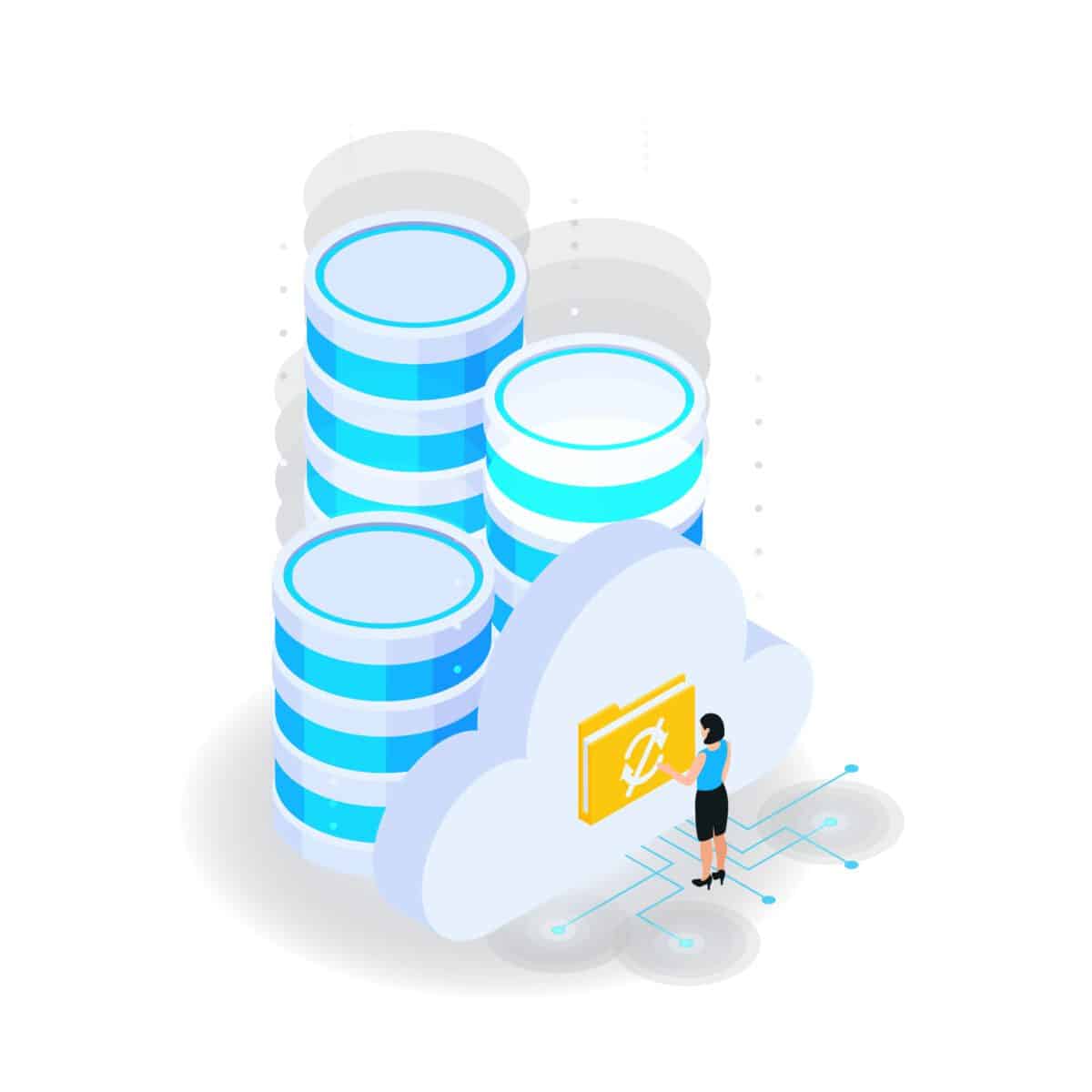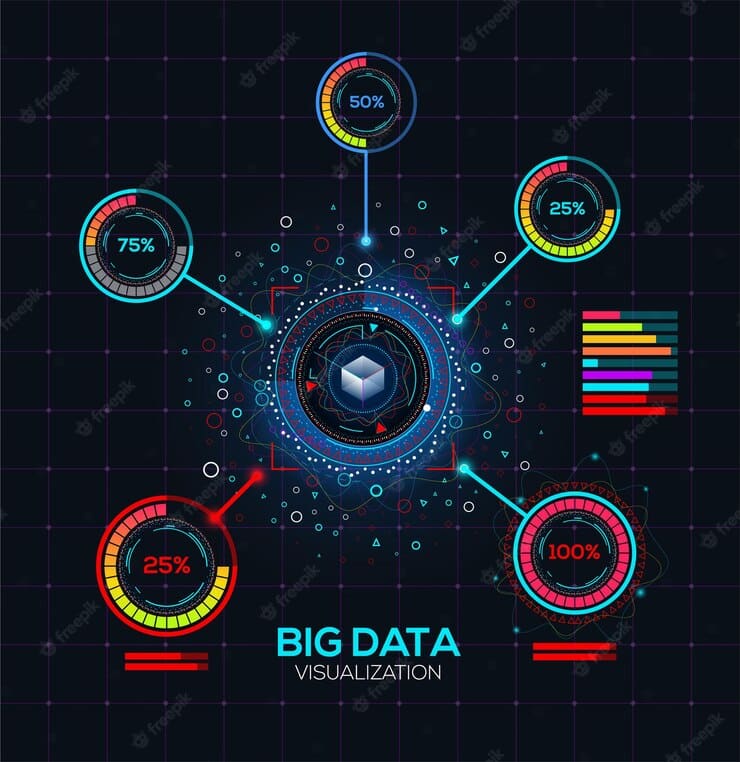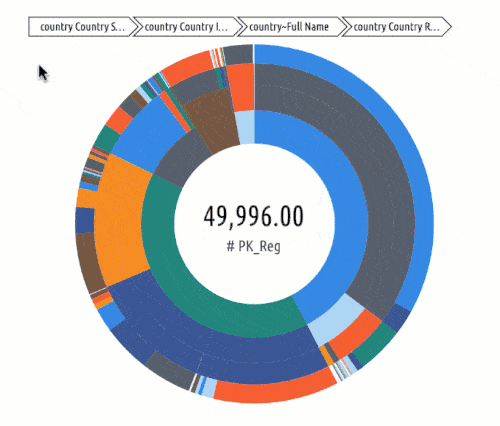What Are the Top 5 Growing Data and Analytics Trends for 2021?
Today, data and analytics are constantly evolving the way we do business. Companies are becoming heavily reliant on historical big data to create a foundation for decisions, from driving cost efficiency to determining new strategic directions. These decisions are more important than ever, especially when businesses are battling to stay competitive amongst the digital frontier.
To keep the competitive edge in the turmoil of a global economic crisis, more companies are taking the lead to be proactive in data analytics. The traditional AI techniques of being driven by big data are rapidly transitioning to the class of analytics based upon smaller yet more varied data techniques. Automation technology is the solution to this rapidly growing, complex problem.
Here are five of the biggest analytics trends to look out for in 2021.
1. Why Analytic Automation with Advanced and Scalable AI
With the demise of “big data” and the pivot to “small data” analytical techniques, AI systems will be required to do more with less. Advanced AI has the unique ability to analyze complex data sets and quickly detect trends and patterns that would be challenging or easily overlooked by the human eye. Analytics automation provides the opportunity for corporate analysts to focus more on high-value targets to drive top-line growth. Intelligent automation is the “engine” for today’s complex and challenging data-driven decision-making.
2. How Xops Delivers Automated Analytics for the Enterprise
Xops has an objective to increase efficiencies with an economy of scale by deploying DevOps best practices. The end goal is to reduce cross duplication of technology automation processes while maintaining high levels of reliability, accuracy, and reusability. The key components of Xops (data, machine learning, model, platform) scale with DevOps best practices to maximize the value of analytical information. Xops promise to automate and accelerate the collection, collation, and identification of data elements, ultimately helping organizations keep their competitive edge.
3. What Dashboard Automation Promises for the Organization
The rapid movement to deploy data automation solutions that deliver insightful user-created data has tremendous implications. Analytical data traditionally would have to be delivered by IT or a data expert within the organization. The promise of analytical data generated on-demand by anyone ranging from marketing, human resources, or even finance will shift organizational agility, delivering insights faster and more effectively to the company as a whole. The impact on an organization from decentralized to on-demand data delivery can be dramatic.
4. Why Cloud Services Are Rapidly Growing for Analytical Data
With the advent of increasingly complex and larger data sets along with their intrinsic values, cloud services are rapidly becoming the repository of choice. Data is stored outside an organization on remote, secure servers. Extremely valuable information is better protected and in case of a disaster, data can be recovered much more efficiently. Scalability for the enterprise is more fluid with the cloud hosting services.
5. Why Data Analytics Has Become a Core Business
Data analytics has transitioned from being a secondary support function to mission-critical for an organization. The buy-in for data analytics has widespread support from the board room and the C-suite for its tremendous potential. The positioning of data analytics as a core business function, though, does not come without cost. Often, businesses may underestimate the complexity of data collection and analytics, missing valuable opportunities. Many times, partnering with AI-powered tools such as Inzata will immediately shorten the ramp-up time to deliver valuable data assets.
Conclusion
These data and analytics trends are being driven by analytics automation platforms. Technology is rapidly advancing, and organizations embracing it first will enjoy a competitive edge. Previously, a few gatekeepers generated the data analytics and insights based upon specific data requests from corporate analysts. With the trend for insight generation being pushed down to the individual, data analytics becomes available to all. The ability to create insights on-demand by the end-user will inevitably lead to a leap in corporate strategic planning, decision-making, and the ability to maintain a competitive edge.

